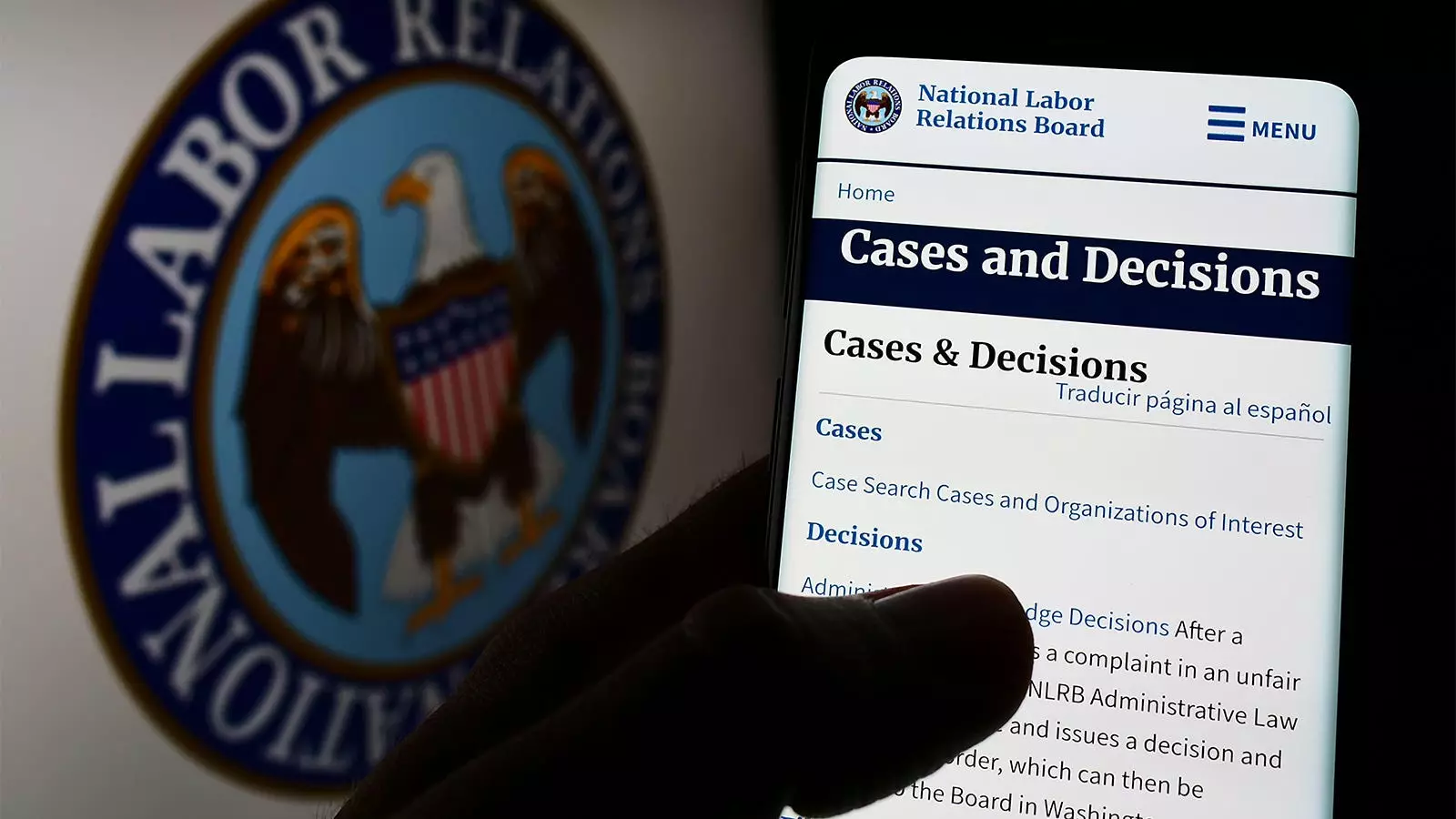In recent years, the healthcare landscape has witnessed a significant increase in unionization efforts among physicians. The latest data from the National Labor Relations Board (NLRB) reveals a striking contrast between the years 2000-2022 and the subsequent period, 2023-2024. A marked rise in the number of union petitions filed by physicians has prompted discussions about the underlying motivations and implications of this trend. This article delves into the statistics surrounding this phenomenon, explores the factors driving these movements, and considers the broader ramifications for the medical community.
The data presented by Kevin Schulman, MD, and his colleagues from Stanford University illustrates a notable shift in the landscape of physician unionization. Between 2000 and 2022, only 44 union petitions were filed representing physicians, with an annual rate of 2.1 petitions. In stark contrast, the years 2023-2024 saw the filing of 33 petitions, equating to an annual rate of a staggering 23.3. This exponential growth offers insight into the evolving sentiments among medical professionals regarding their working conditions, governance, and rights within healthcare institutions.
Moreover, a considerable number of these petitions led to successful union certifications—41 out of 66 filed petitions received approval. This achievement speaks volumes about the increased organization and collective bargaining efforts within the medical community. Understanding the motivations behind these petitions is crucial to comprehending the broader movements within the industry.
Root Causes of Unionization: What Physicians Are Fighting For
One of the most revealing aspects of this trend is the motivations driving physicians toward unionization. Analysis of press reports concerning 26 of the 33 petitions filed in 2023-2024 indicated that a majority of these efforts stemmed from discontent regarding working conditions (85%), a lack of input in management decisions (81%), and concerns about patient care (54%). Notably, only one petition directly cited financial compensation as a motivating factor. This pivot away from traditional economic grievances toward issues related to workplace governance reflects a shift in how physicians perceive their roles and responsibilities within healthcare systems.
As the healthcare market continues to consolidate, physicians, who now constitute over half of the workforce employed by hospitals, are increasingly vocal about their need for representation. The need for unions is underscored by the desire for physicians to collectively address governance, workflow, and staffing concerns that affect their ability to provide quality care and maintain professional autonomy.
Historically, unionization efforts among healthcare professionals are not new, with roots tracing back to the 1930s. However, the current wave of physician unionizations marks a pivotal moment in the landscape of medical labor relations. Schulman’s observations indicate that collective bargaining agreements stemming from recent initiatives will be a significant turning point in evaluating the effectiveness of such movements in achieving desired outcomes for physicians.
Moreover, while unionization may address certain governance challenges, Schulman warns it may fall short if each specialty attempts to form its unique bargaining unit. This fragmentation could dilute the collective strength needed to effectively negotiate necessary changes within the broader healthcare system.
The Geographic and Structural Landscape of Physician Unionization
Geographically, the unionization movement among physicians has shown a clear concentration in the western United States, particularly in California, Oregon, and Washington, which collectively accounted for 43 of the 77 petitions. The diversity of employers involved in these petitions—49% targeting hospitals, 38% community health centers, and 13% private equity-backed companies—indicates a broader systemic issue in the healthcare industry that physicians are seeking to rectify through collective action.
While the NLRB data provides valuable insights into the unionization trends, several limitations exist. The study does not account for public-sector physician unions governed by state law, nor does it include unions that have been voluntarily recognized by employers. Additionally, the reliance on media statements to gauge motivations for union petitions could result in a skewed perception, as such statements may be shaped by public relations strategies rather than unfiltered accounts of the physicians’ experiences.
As the healthcare landscape continues to evolve, further research will be essential for understanding the long-term implications of these unionization efforts on patient care, healthcare delivery, and the overall governance of medical practices. Policymakers, healthcare executives, and physicians alike must engage in ongoing dialogue to address the critical issues at stake and ensure a sustainable, equitable healthcare system.
The rise of physician unionization presents both opportunities and challenges. It signals a newfound assertiveness among physicians advocating for their rights and the quality of care they provide, but it also reflects deeper systemic issues that must be addressed collaboratively across the healthcare sector.

Leave a Reply